When you take the time to talk to animals and learn to truly listen and communicate, amazing things happen!
Just read this story about how my ability to talk to animals saved the lives of 49 little orphan fawns—but lost one very special little one.
Little Bobby’s story
Working on staff at Wildlife Rescue & Rehabilitation was an extraordinary experience. I got to be up close and personal with all kinds of wildlife—everything from deer, raccoons, and opossums to owls, panthers, and bears, oh my!
One evening I was heading down the path for fawn feeding time, one of my favorite jobs at the center. I was carrying four big buckets filled to the brim with nursing bottles full of creamy rich “mother’s milk”.
There were at least fifty orphaned fawns, some of them injured, in the large enclosure. Our job was to raise them until they were young adults, then release them safely into areas where they could rejoin existing wild deer herds and hopefully live long happy lives.
On this beautiful evening, as I entered the fawns’ pen, they eagerly ran up and crowded all around me as they always did. It always made my heart so glad to see and connect with these beautiful, innocent, playful creatures.
In my career as a professional animal communicator, I talk to animals all the time—everything from the usual cats and dogs and horses to the more exotic foxes and cougars and monkeys and elephants and so many more! I’d seen a lot by that point. If you can imagine fifty precious little fawns leaping and pushing each other and dancing with excitement to get closer to you! It was a wonderful experience.
Many were leaping and bouncing above the crowd, trying to affectionately head-butt me like I was their momma. It was so sweet and delightful.
Laughing, I greeted them, patted their beautiful heads and necks, then shooed them away so I could set up their feeders and they could begin eating their dinner.
Do you have what it takes to talk to animals? Find out here.
Talk to animals to improve their health and well-being
I always used this special time with the fawns to inquire as to their health and well-being.
Sometimes they told me stories about their day, or the newest joke or funny story they’d come up with.
Sometimes they asked me questions or wanted to know what I thought about something that was troubling them. I was always amazed at what complex inner lives these precious creatures had—they weren’t just adorable, they were also intelligent, feeling, kind, and thoughtful.
But on this day, something different and unexpected happened, and it scared me.
Several of the fawns urgently spoke up saying, “Bobby isn’t feeling good! Can you help him please?”
I replied, “Oh no! Yes, of course, I’ll do everything I can to help him. What’s wrong? Where is he?”
I looked around the enclosure as the light slowly faded to dusk, despairing of ever finding the one little fawn in the large crowd who wasn’t “feeling good”. Then, like the story of Moses parting the red sea, the crowd of fawns opened and one little fawn approached me. It was Little Bobby.
The others nosed him as he walked by, in support and a show of caring.
It was so loving and sweet!
Using animal communication to understand the symptoms
When he came up to greet me, I kneeled down and asked him to tell me how he was feeling. I asked him when he started feeling bad, how long he’d been feeling that way, and a myriad of questions to help me determine how best to help him feel better. (Once you’ve learned how to talk to animals in the Beginning Core Foundations Course, it’s time to learn the art of asking the right questions in the right time and way when communicating with animals in The Heart Of the Conversation 7 Step Blueprint for Successful Conversations With Animals Course)
He told me he had a headache, and his nose was snotty and runny. He was achy and had a tummy ache too. And sometimes he felt shivery.
Poor little guy, he was miserable.
I patted him and tried to comfort him, then told him I would go to tell Tim, the director. He would know just what to do.
Can I really talk to animals? Tim’s challenge
I found Tim in the work area and quickly told him the tale. Astonished, he looked at me for a moment with wide eyes—he wasn’t sure he believed I could really talk to animals, but my story was pretty amazing and compelling. And if I was reporting a sick animal, well, he had to look into it.
Challenging me, he asked me to take a can of purple spray dye to mark the ill fawn. I was to go put a mark on his coat so Tim could easily find him in the herd later.
I trudged back to the fawn pen and wondered how I would ever find Bobby again in the dark. The other fawns, as usual, crowded around me and were glad to see me.
I connected with my heart, centered myself, and called for Bobby to come to me, please.
Then I waited…
To my delight, in just a few minutes, here came little Bobby! Trustingly, he walked up and put his head in my hand.
I told him that we were working to find a way to help him feel better, but first, we needed to put a pretty purple mark on his beautiful coat so Tim could find him.
Patiently, Bobby agreed and waited silently while I sprayed the purple dye.
I told the other fawns that Bobby’s purple mark was very special.
Then I explained to Bobby that Tim would be out later to find him and figure out what to do to help him.
And so it was.
When my shift was over, I went home. It was my “weekend” so I got to take a couple of days off work. Every day until I went back to work I prayed for Bobby and communicated with him.
The next workday shift, I looked for him but didn’t find him with the other fawns. When I asked Tim, he said he’d easily found Bobby thanks to the purple mark I’d placed on his coat.
He’d never seen anything like Bobby’s illness in deer before, so he swabbed the inside of his nose and sent the swab to A&M University to be cultured. They were waiting for the results before deciding on a specific course of treatment.
In the meantime, little Bobby was taken to the ill and badly injured fawn pen. I saw him every day and comforted him as best I could, telling him what a brave boy he was.
But sadly, by the time we got the culture back and had a remedy in place, Bobby died.
I grieved his loss, and when I saw the fawns later I told them what had happened. They stood around me, completely silent and respectful. And so we grieved him together, all gathered in a big circle.
The good news was, thanks to the fawns’ willingness to ask me, a human, for help for one of their own, and thanks to Bobby’s courage to seek help and put his life in our hands… and thanks for my ability to talk to animals, he was the only fawn we lost.
The culture came back with a treatment plan and all the other fawns were treated and saved. The fawns, in their intelligence, had known they needed help when they told me what was going on. In talking to me, they had saved themselves.
You too can do good when you talk to animals
In The Heart School of Animal Communication® , I teach animal lovers all over the world how to communicate with animals. I can also coach you in the Best Online Animal Talk Coaching & Mastery Club to help you break down your blocks, expand your intuitive abilities, and advance your skills quickly.
Why? I do this so you can really be there when animals need you most.
Learn to speak their language so you can be their hero, their best friend, their confidante, who they come to when they need help
So they can help you by sharing what they know that you don’t yet. In this way, together you can save each other’s lives one day.
The How to Talk to Animals Beginning Core Foundations Course teaches you the basics so you will know how to tune in, connect, send, and receive messages with animals.
I believe every animal caretaker, whether of domestic doggies and kitties and horses, or wild animals like fawns and tigers and bears, must know how to communicate with their charges. This skill will bring their level of care to a new level and will enhance their own experience and learning as well.
In this five-lesson audio course, you’ll learn how to tune in and connect with your heart and mind to intuitively understand what animals are trying to tell you.
If you want to learn at your own pace, in the privacy of your own home and on your own time, this course is for you!
This course changes people’s and animal’s lives every day.
I strongly suggest that if you have not yet started your own epic journey into the wonderful world of animal communication, you begin now.
What if you already have a beginning course?
Then your next step is to discover how to apply your intuitive skills to help heal animals in pain, solve behavior problems, connect and communicate faster, work with groups of animals, prepare for transitions and reconnect in the afterlife.
If you’re ready for the next step on your journey, it’s time to go for the Advanced Animal Talk Mastery Course.
All my courses are fully guaranteed, so there’s no risk.
Much love to you and your furbabies, critters, and fantastical beasties.
Enjoyed this article? Here are three more to help you:
COVID-19 and Mother Earth Gaia’s perspective, I wonder?


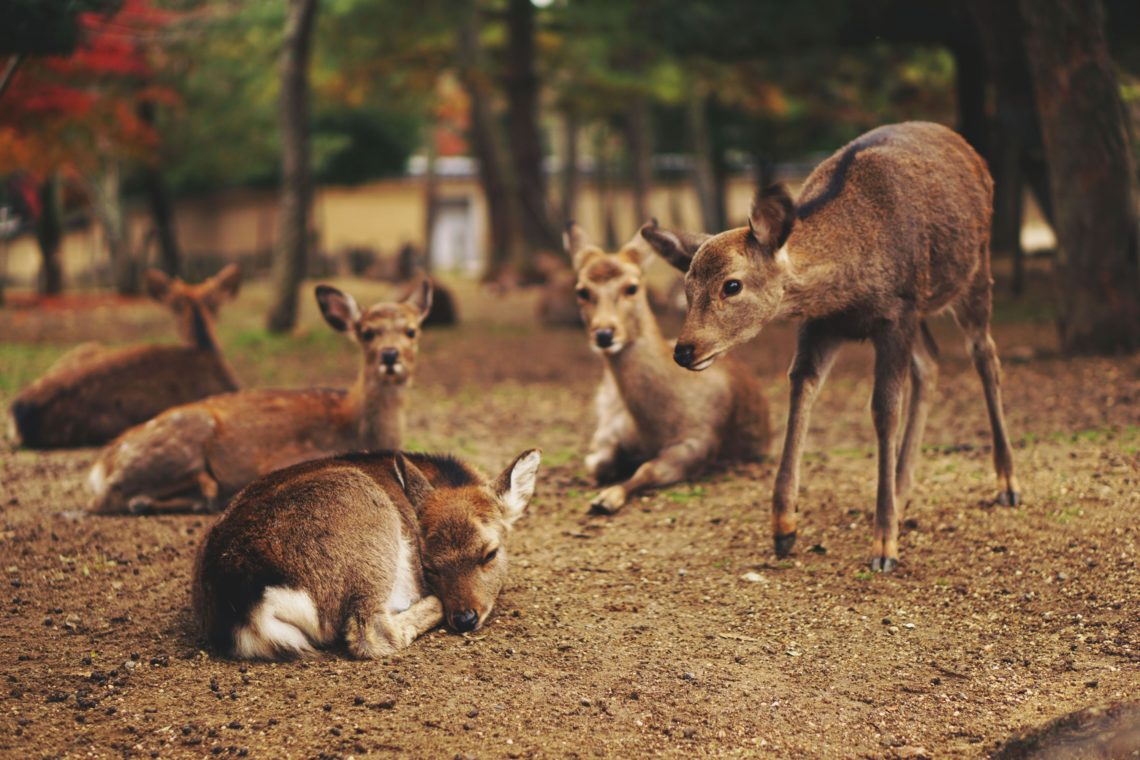
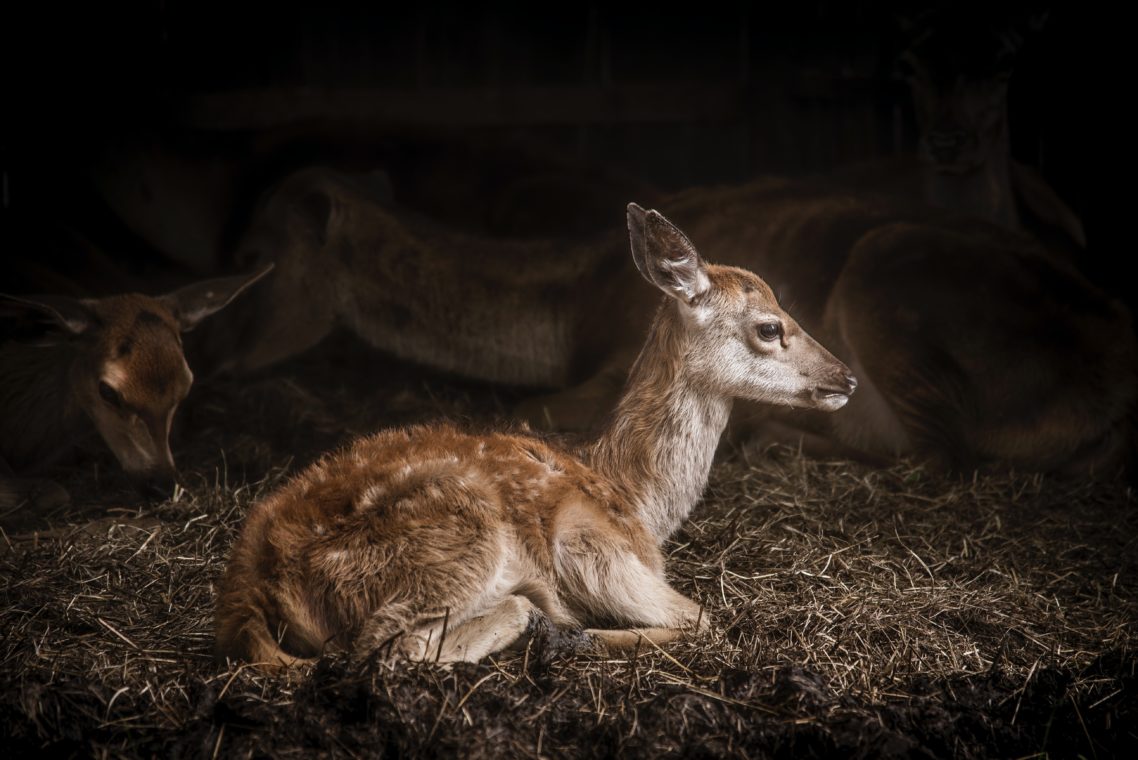
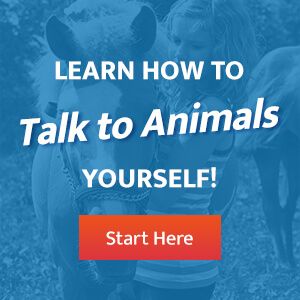


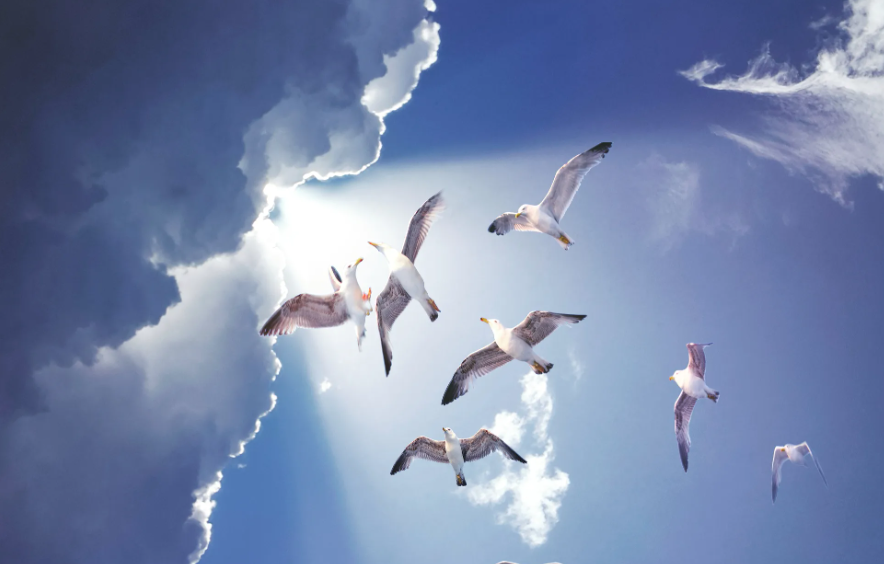

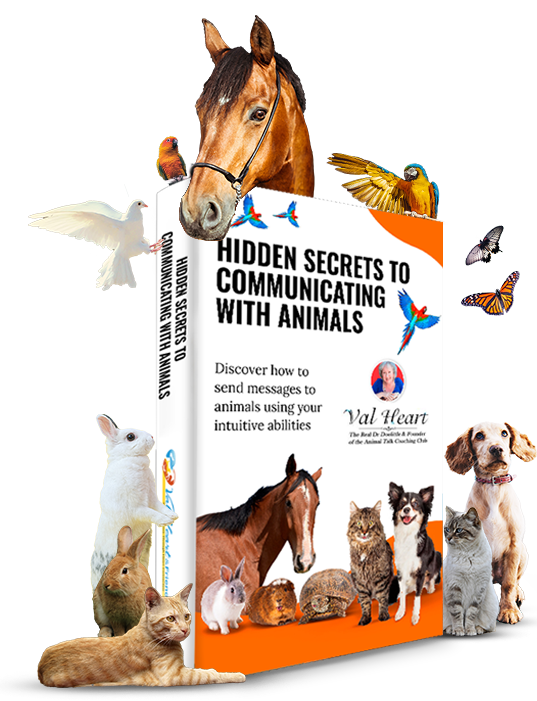
Leave a Reply